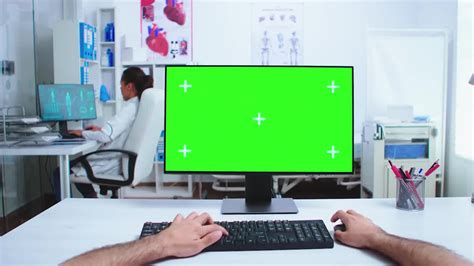Office Pov

The concept of Point of View (POV) has become increasingly important in office settings, influencing how employees interact, collaborate, and perceive their work environment. As a knowledgeable expert in office dynamics, I will provide an in-depth analysis of Office POV, covering its definition, importance, and practical applications.
What is Office POV?

Office POV refers to the perspective or viewpoint from which employees experience and interact with their work environment. It encompasses their physical surroundings, social interactions, and psychological perceptions, shaping their overall work experience. A well-designed Office POV can boost employee engagement, productivity, and job satisfaction, while a poorly designed one can lead to discomfort, distractions, and decreased performance.
The Importance of Office POV
Understanding Office POV is crucial for organizations seeking to create a positive and productive work environment. By considering the various aspects of Office POV, employers can:
- Enhance employee experience and well-being
- Improve communication and collaboration
- Increase productivity and efficiency
- Support diversity, equity, and inclusion initiatives
- Attract and retain top talent
Key Aspects of Office POV

Several factors contribute to an employee's Office POV, including:
Physical Environment
The physical workspace plays a significant role in shaping an employee's POV. This includes:
| Factor | Description |
|---|---|
| Lighting | Natural light, artificial lighting, and glare |
| Temperature | Comfortable temperature range and climate control |
| Noise Levels | Background noise, sound masking, and quiet spaces |
| Ergonomics | Chair, desk, and equipment comfort and adjustability |

Social Interactions
Social interactions and relationships with colleagues and management significantly impact an employee's Office POV. This includes:
- Communication styles and frequency
- Team dynamics and collaboration
- Managerial support and feedback
- Company culture and values
Psychological Perceptions
Employees' psychological perceptions of their work environment also influence their Office POV. This includes:
- Job satisfaction and engagement
- Stress and anxiety levels
- Perceived autonomy and control
- Opportunities for growth and development
Best Practices for Implementing Office POV

To create a positive Office POV, employers can:
Conduct Employee Feedback and Surveys
Regularly gather feedback and insights from employees to understand their needs, concerns, and suggestions.
Design Flexible and Adaptable Workspaces
Create workspaces that accommodate different work styles, preferences, and needs, such as flexible seating, quiet areas, and collaboration spaces.
Promote Open Communication and Transparency
Foster an open and transparent communication culture, encouraging employees to share their thoughts, ideas, and concerns.
Support Employee Development and Growth
Provide opportunities for employees to learn, grow, and develop their skills, and recognize and reward their achievements.
What is the primary goal of Office POV?
+The primary goal of Office POV is to create a positive and productive work environment that supports employee well-being, engagement, and performance.
How can employers measure the effectiveness of Office POV initiatives?
+Employers can measure the effectiveness of Office POV initiatives through employee feedback and surveys, productivity and performance metrics, and tracking employee engagement and retention rates.
What are some common challenges in implementing Office POV initiatives?
+Common challenges in implementing Office POV initiatives include resistance to change, limited resources and budget, and difficulty in measuring effectiveness.
By understanding and implementing Office POV strategies, employers can create a positive and productive work environment that supports employee well-being, engagement, and performance. As the modern workplace continues to evolve, prioritizing Office POV will become increasingly important for organizations seeking to attract and retain top talent, drive innovation, and achieve success.


